ASTRO Barcelona Racing Equipment
mail@astrobcn.com
History
Industrial path of the Parés, a Barcelona family (What's behind ASTRO?).
The Ruiz de Morales (Parés i Ruiz de Morales) family branch comes from Motril (Granada). Owners of sugar cane plantations, they produce sugar cane for the sugar and rum industries that they market truogh the Motril port. When the father Gerardo Ruiz de Morales dies and the company goes bankrupt (1910), the mother Maria Teresa Diaz de Losada and the six children: Gerardo, Manuel, Antonio, Modesta, Maria and Carlota, embark on a journey to Barcelona. Shortly after arriving, Carlota, the youngest daughter, started working as an apprentice at the Oriol jeweller's shop on Passeig de Gràcia.
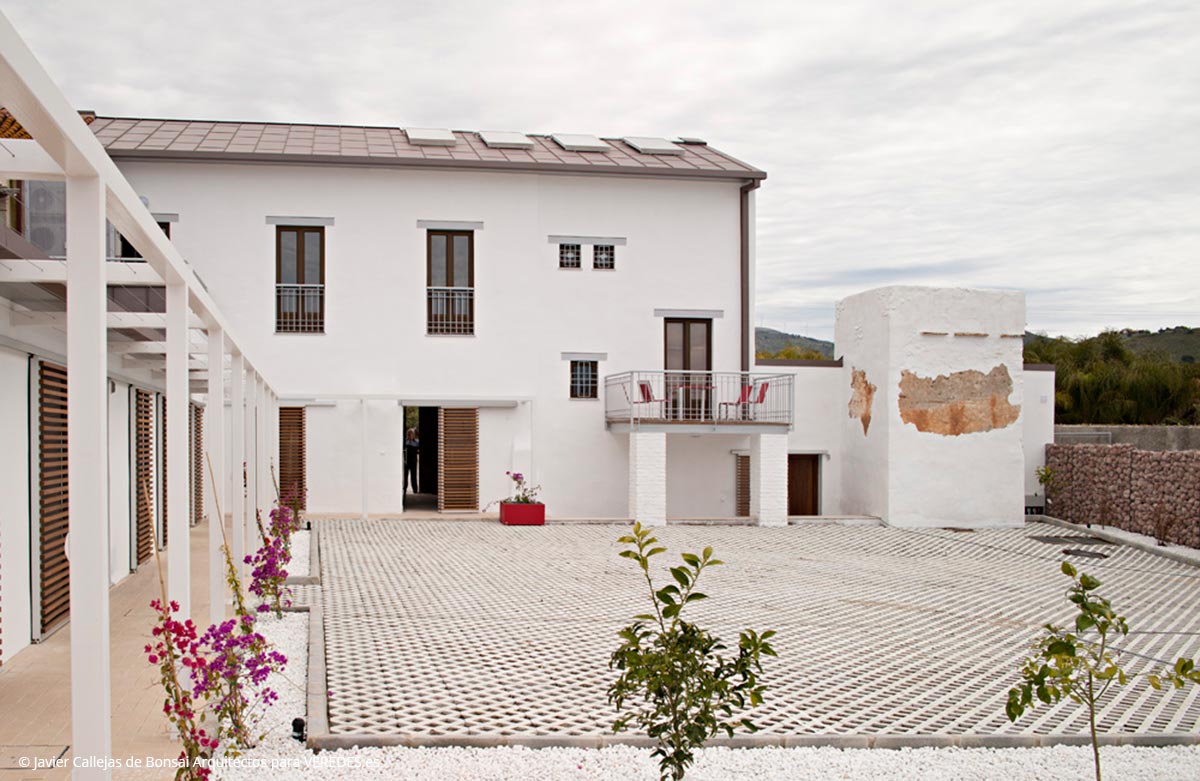
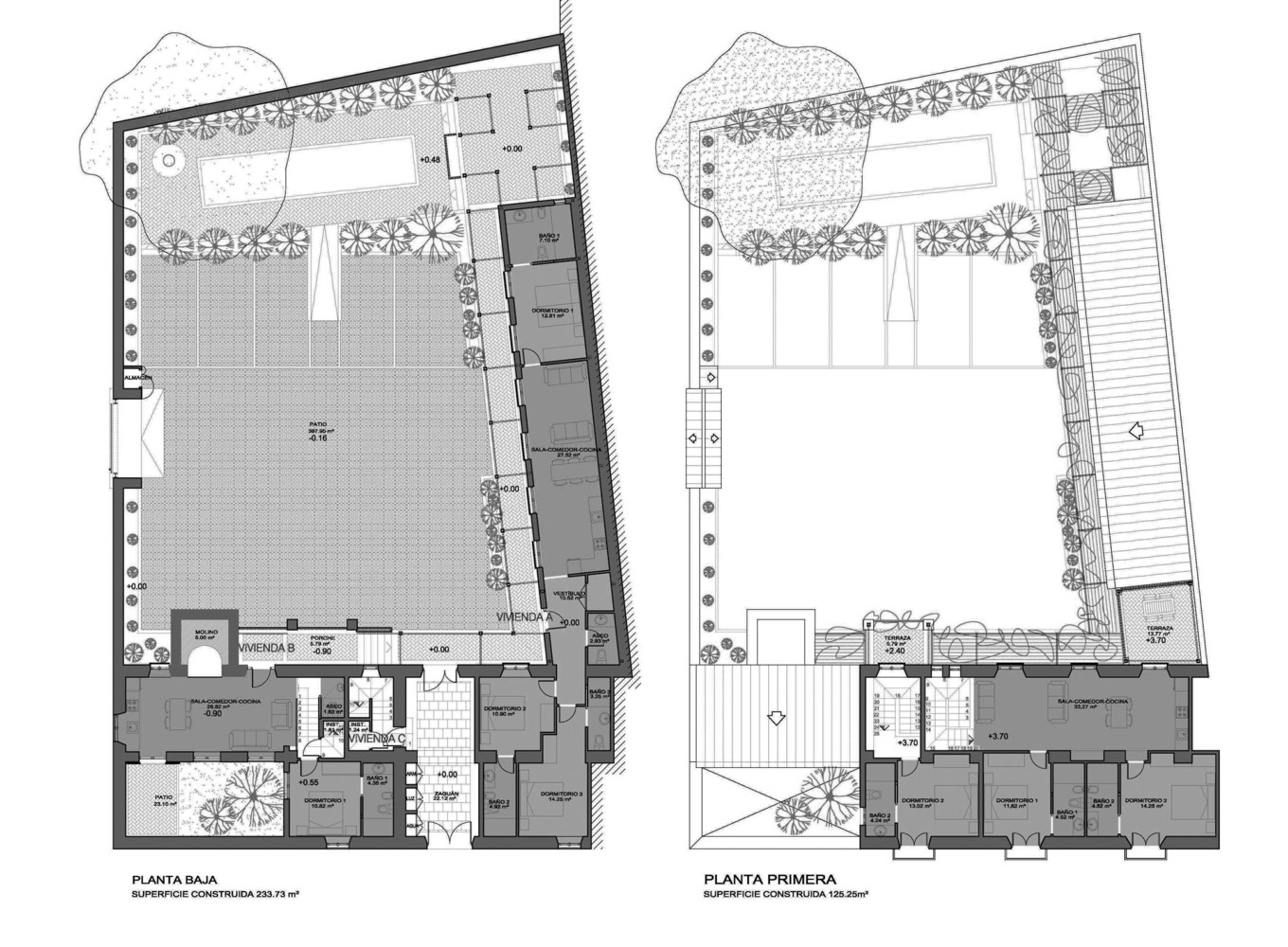
Cortijo Morales, a Motril
Josep Parés i Sucarrat (Parés i Ruiz de Morales), from El Masnou (Barcelona), was a master jeweller at Oriol before the war. Josep and Carlota met at work, got married and had 2 children: Carles and Josep.

Classic wedding photo from the era in Niepce.
Jewelery and Watch cases makers (1915)
When demand is high, it is common for jewelry workers to take work home to advance orders. The children learn the craft by watching their father and mother work in the small domestic workshop set up in the laundry room.
Carles started working at the Sugranyes Fine Forniture workshop in the Gràcia neighborhood at 15yo. At 17yo, he was part of the "quinta del biberó", the last levy mobilized by the Republic Government to the Ebro front at the end of the Spanish Civil War.
From '39 onwards, the post-war period was very hard. Barcelona was no exception. The recent experience, where many people had lost everything, as the republican currency had been invalidated by the rebels, led to people seeking refuge in gold.
The uncertainty, with World War II approaching and Spain's possible participation, makes the jewelry industry flourish unusually since no one wants to keep money.
The import of watches from Switzerland suffers a very high luxury tax that makes them unaffordable. The solution is to import the machinery as a spare part and manufacture the rest locally. The Parés are no strangers to this reality and with their knowledge of jewelry, they set up a business making watch dials and watch cases in the Guinardó neighborhood.
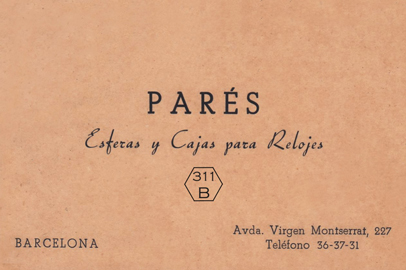
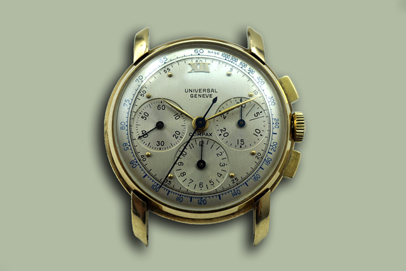
Parés dial and Case for Universal Geneve Compax Machinery
Gamo Motors (1950)
To carry out the orders from the workshop they acquire a "Mosquito" type engine to equip the bicycle. The engine turns out to be very bad and breaks down continuously. After countless repairs, including moulding new pieces to improve it, they decide to manufacture their own Mosquito under GAMO trademark to equip bicycles or cargo tricycles. Due to their high performance and reliability, the Gamo engines are very well received and quickly acquire renown and prestige.
Gamo even had a "racing department", participating in local competitions. We still remember the anecdotes of Uncle Manuel (Manuel Ruiz de Morales), piloting the prototype, covered in leather with the Cromwell pulled down to his eyebrows, accelerating at full throttle, free exhaust, at dawn on Marià Claret street, one of the few paved streets in Guinardó neighborhood at the time, risking his life not so much for the cars that might cross, but for the night watchman's pikes they threw at him to try to catch him. All this tunning the last improvements before the "Pujada a la Rabassada" the next day.
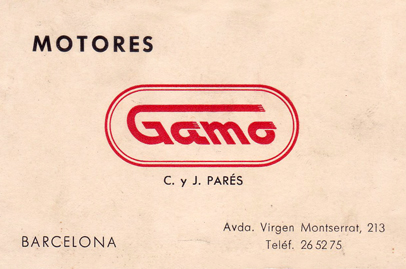


Gamo motors leaflet.
Gimson (1955)
GIMSON, The bicycle manufacturer from Figueres, owned by Gimbernat Bros., wants to expand its production with mopeds. For the motorization they chose on the newly designed Gamo 2-stroke engines with two speeds, to equip its first 49 cc and 65 cc mopeds. These engines will equip the Turismo, Sport and Lujo models.
As part of the agreement with Gimbernat, Josep Parés settled in Figueres to set up the production of the different models.
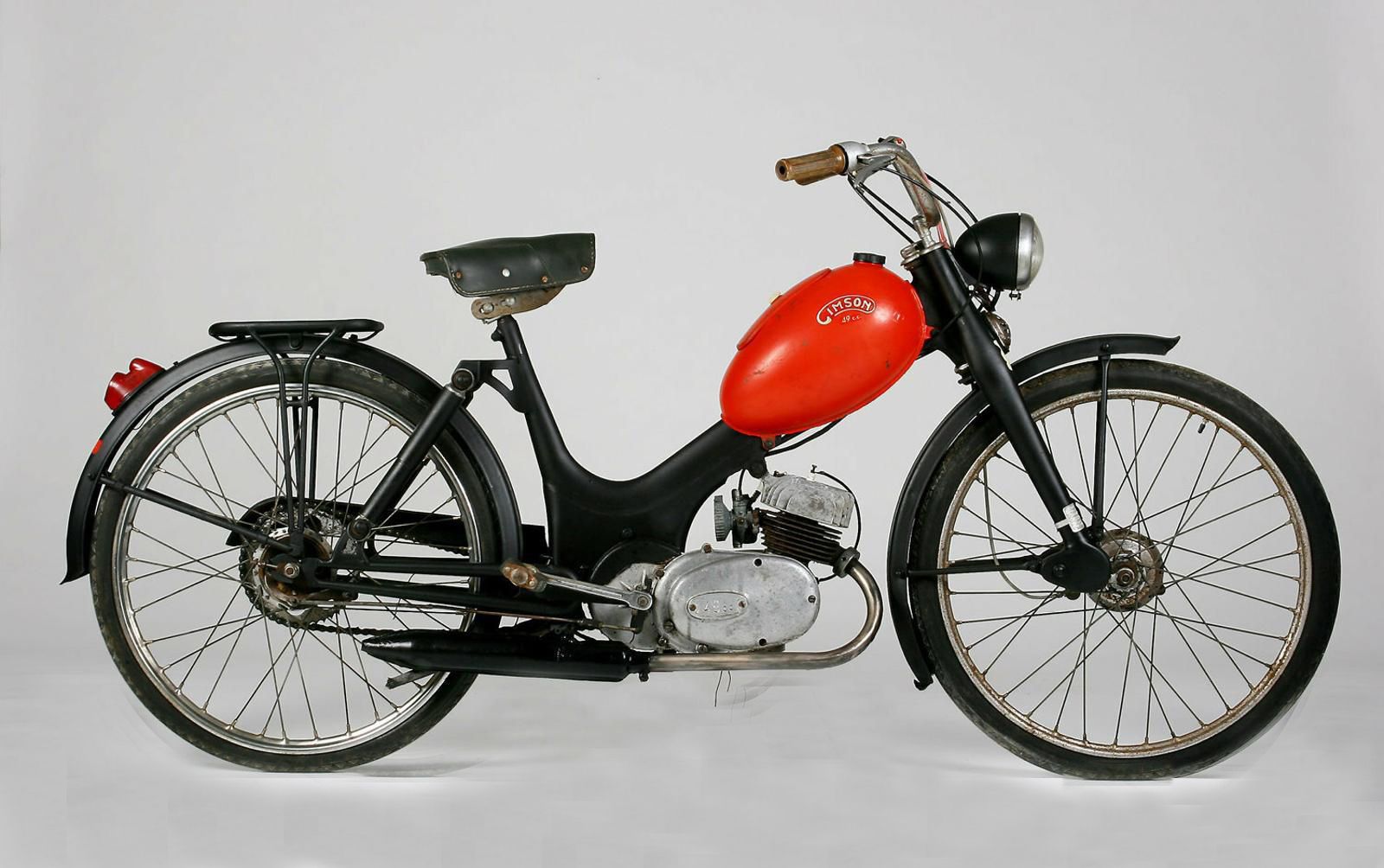
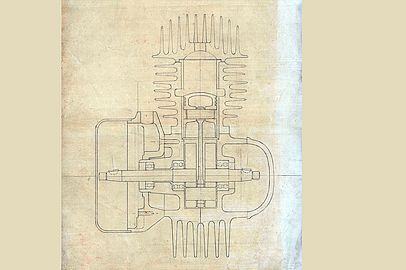
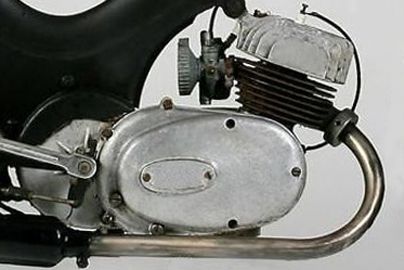
Gamo "G" 65 cc.
Gamo 150 OHC (1960)
In parallel, in Barcelona, Carles develops a 150 cc single-cylinder 4-stroke engine. Gimson and Mototrans are interested in the design, but no agreement is reached. The possibility of manufacturing it in-house as the Gamo 150 OHC (Over Head Cam) is considered and a registered prototype proves to exceeds expectations well advanced to the local offer. Fabrication is not finally launched due not reaching enough funding.
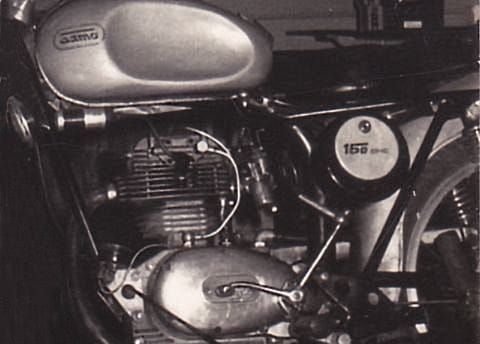
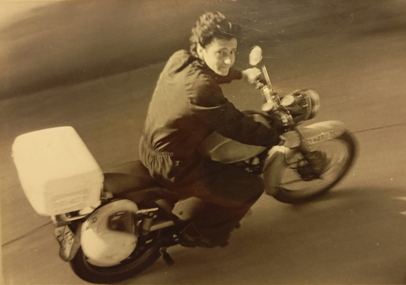
Motor Gamo 150 OHC.
Gamo fuel tank taps (1965)
As an auxiliary industry for motorcycles, fuel tank taps are designed and marketed in Nylon Durethan® with a novel hermetic cork sealing system. A second design is made in rubber with a ball displacement sealing system. Both patents are sold short after.
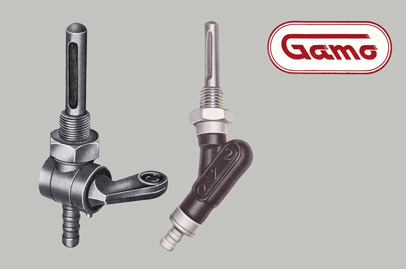
Gamo fuel tank taps.
Gamo Convection Heaters (1965)
Aluminum convection heaters are designed and patented. 800 Watts. at 125 and 220 Volts. The patent is sold to Electromecànica AUFRANC.
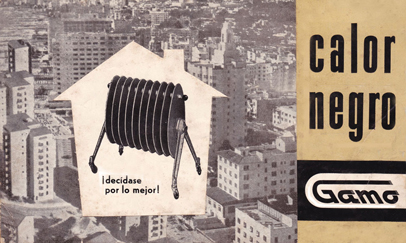
Gamo Convection Heaters .
ALBOR
Both brothers, Carles and Josep, share the passion for fishing. The nautical industry is in its infancy and a possible line of business is seen in the recreational boat market.
Inspired by a design from "Popular Mechanics" and following the guide of the calculations from "Construcción del Yate" by Jorge M. Ithurbide, They develop a wooden cabin boat, 5,75 meters LOA, equipped with two inboard three-cylinder Alfa-Romeo truck engines, marinized by themselves. After 2 years of part-time construction (1 year cutting parts, 1 year assembling), the boat was launch at the RCM Barcelona.
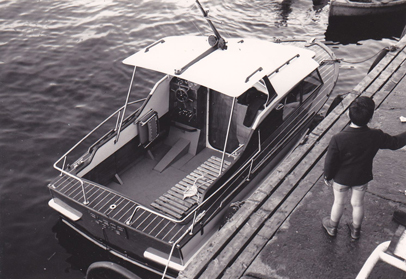
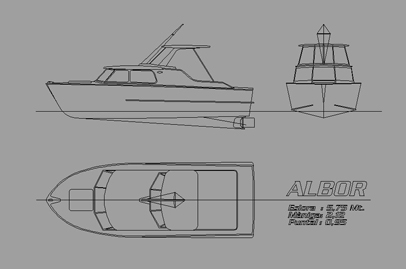

ALBOR launch at RCM Barcelona.
PH-System braking pumps (1970)
For the automotive auxiliary industry, a patent for a brake pump with a double concentric piston is designed and completed, providing greater volume and power. The braking deficiencies of many commercial vehicles, before the widespread use of servo brakes, gives room for this innovation.
The patent is sold to MotoPlat (manufacturer of magnetic plates for motorcycles in the Sant Adria neighborhood, BCN), for royalties but this manufacturer fails to establish production.
The patent is repurchased and production and marketing are launched under the PH brand (Parés Hermanos), to distributors and spare parts dealers throughout Spain.
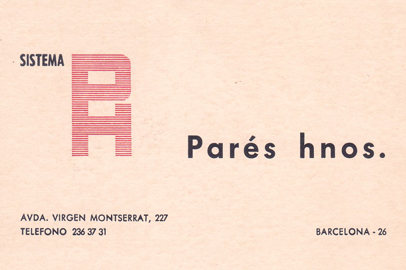

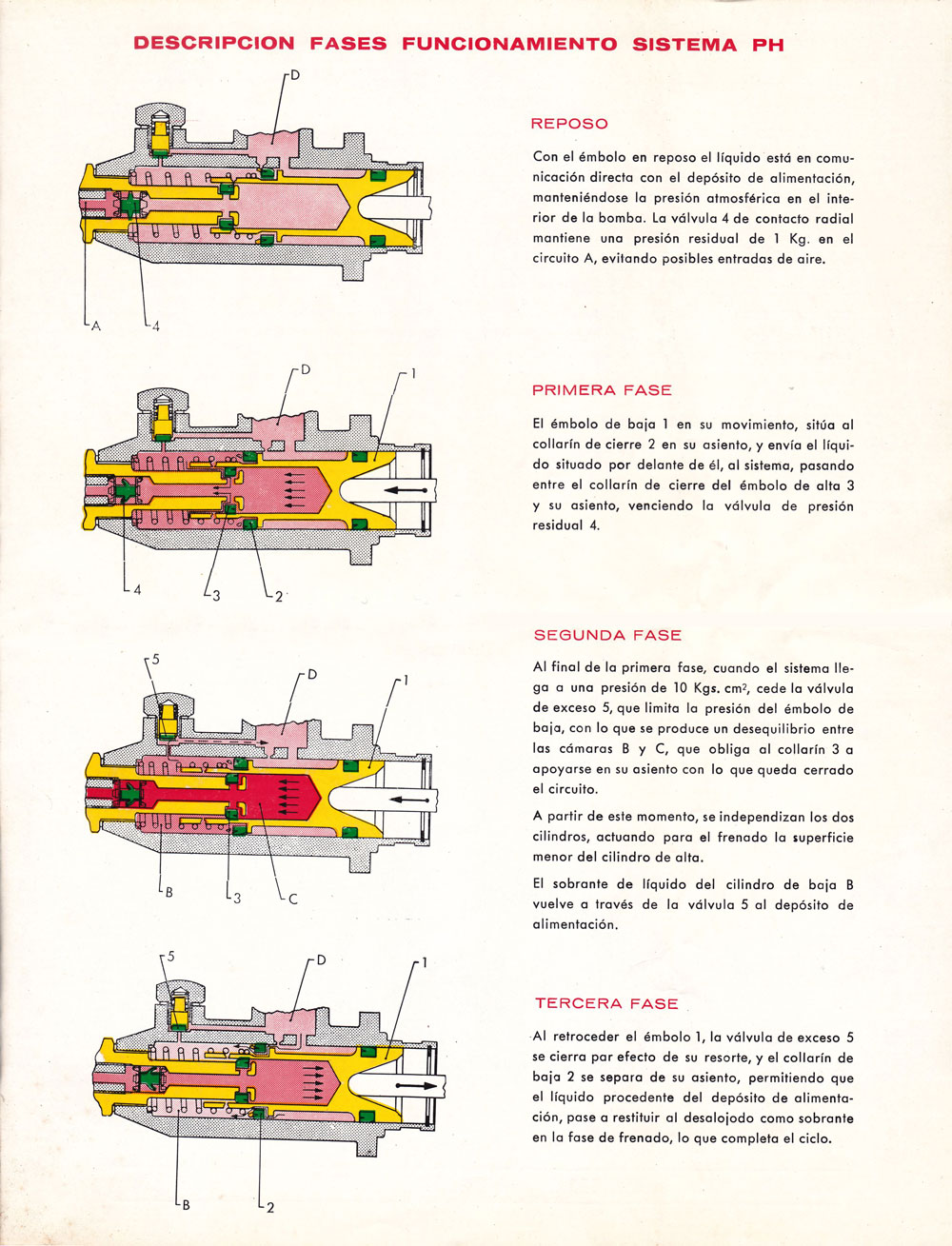
PH System.
Aeromodelling Parés Motors (1970)
In the 1970s, with a certain improvement in the economy in Catalonia, the hobby market began to gain traction in Barcelona. The control line at Montjuïch Park attracted a good group of Aeromodelling practitioners.
The first sport type with radial transfer and front intake (RVD) is developed. The next is the RVT with rear rotary valve. Provides more performance and safer operation by having the Venturi needle further away from the propeller. Both with steel group.
Next where the Schnuerle transfer type (SVT), for F2C team racing competition. It got classified and participate in the absolute '76 Utrecht World Championship, with a youth team (15yo), competing with the Bugl and Rossi of the time. Later the Mk2 version with aluminium group was released but the prototypes with very promising performances competing with Nelson and Cipolla of the time, did not get into production.
The Parés engines were sold mainly in Spain, UK and Germany and are considered, even today, as the best Aeromodelling engines ever manufactured in Spain.
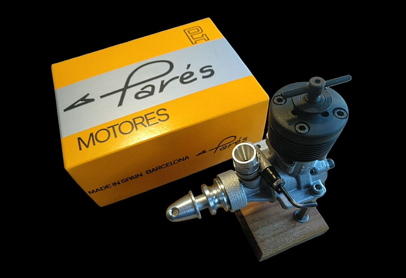
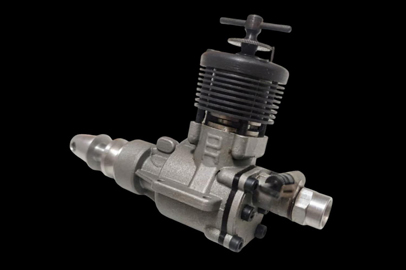
Parés 15 RVD i RVT.
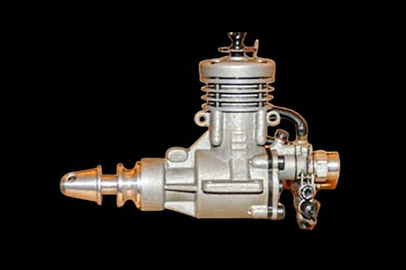
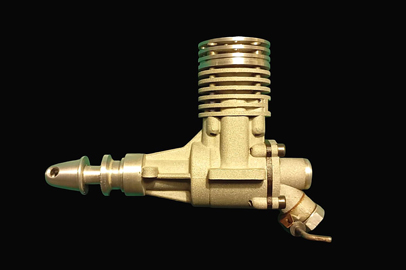
Parés 15 SVT, Mk1 i Mk2.
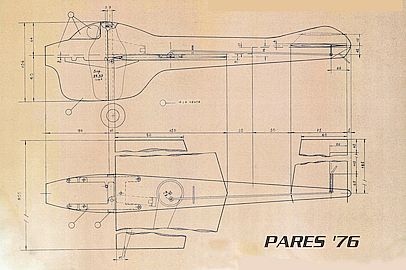

Parés-Parés team, 2 times Spanish Youth Champion with Parés 15 SVT engine.
Competition dinghies(1980)
Gerard Parés i Salvador, Carles' youngest son, has continued the family tradition of manufacturing competition goods. In this case, racing boats for the Optimist and 420 classes.The path has been long.
Before, he was Project Manager of the Meyba-Fibanc 3/4 Ton IOR team, Champion of the VII Copa del Rey in 1988 (Palma) and a crew member of the INESPAL-Santangel in the transoceanic race Ruta del Descobrimiento from Cádiz to Santo Domingo.
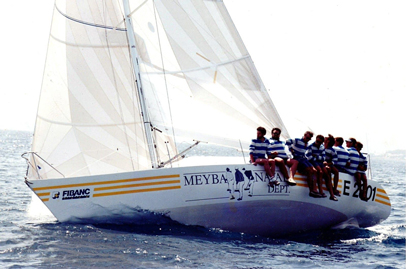
Meyba-Fibanc 3/4 Ton IOR.
As Technical Director of the ROGA shipyard (Prèmia de Mar), he designed the new hull for the 420 class that won the 2003 World Championship with the Canarians Medina-Barreiros and the 2005 Youth European Championship with the French crew Rahier-Rahier.
Now with his own shipyard, he designs the hull of the new Optimist ASTRO and wins the European Championship (2020) and the World Championship (2022), with the Thai star, Weka Bhanubandh, at helm.


420 & Optimist World Champions.